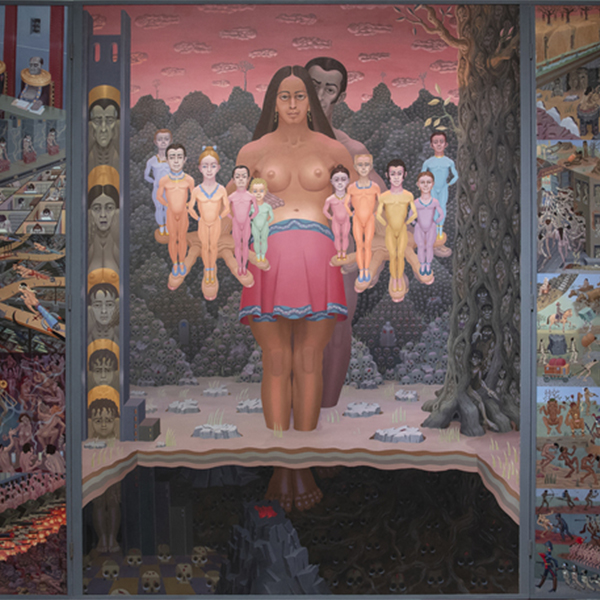Please contact the gallery for more information.
Please contact the gallery for more information.
Would you like to customize your art preferences?
Education is of the utmost importance at Heather James Art Advisory. Whether you are a seasoned collector or just beginning, we aim to grow with our clients and believe fully in providing information and insight to help our clients learn and cultivate their art interests.
Heather James Art Advisory brings decades of curatorial experience with guidance from our Senior Curatorial staff who have organized exhibitions globally at museums, galleries and in private residences. Bringing together aesthetic and art historical elements, we will help your collection and home reflect your artistic interests.
HJ Art Advisory provides complete logistics when handling, transporting, and supervising our clients’ artworks. Our oversight involves every aspect of care with the artwork. We oversee every step of the process with transporting, installing, and storing artworks. We advise on and facilitate framing design, lighting, security requirements, conservation and condition assessment.
Heather James has been honored to facilitate loans to top museums across the world including MoMA, the Centre Pompidou, and more. HJ Art Advisory takes care of all the necessary paperwork and logistics for our collectors who decide to lend an artwork to a museum exhibition.
HJ Art Advisory maintains the highest standards of due diligence through inquiry, research, and provenance of objects prior to acquisition to determine that clear title can be obtained. Such research includes, but is not limited to, determining:
HJ Art Advisory is focused on sourcing artworks for potential acquisitions from private sales, auction houses, and artist commissions. HJ Art Advisory continually monitors the private and public market for significant artworks pertaining to our clients’ interests that will enhance their collections. We negotiate the sale or selling price on behalf of a collector in order to achieve the best possible deal for our clients.
HJ Art Advisory group evaluates and appraises art collections for insurance valuation, acquisition, and deaccession. This involves in-depth research of both private and public art market analysis to determine value.
HJ Art Advisory works with, and on behalf, of clients developing new collections or with well-established collections, providing advice and an in-depth offering of services. Our extensive knowledge and experience along with many years in the art business positions our highly skilled and experienced staff to provide guidance and direction on multiple levels.

